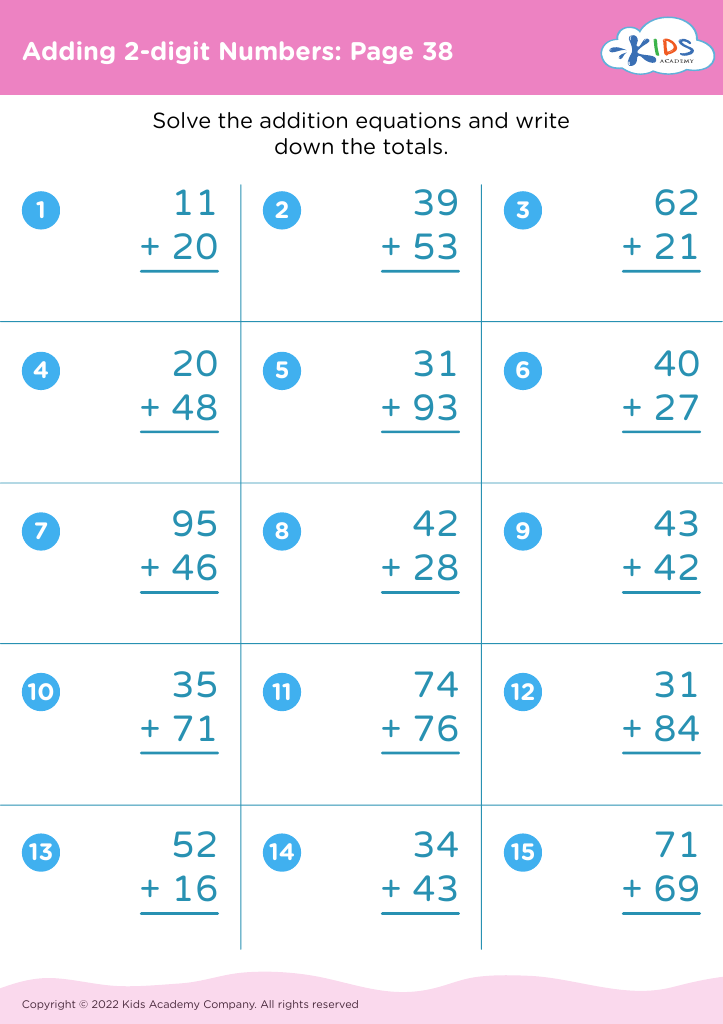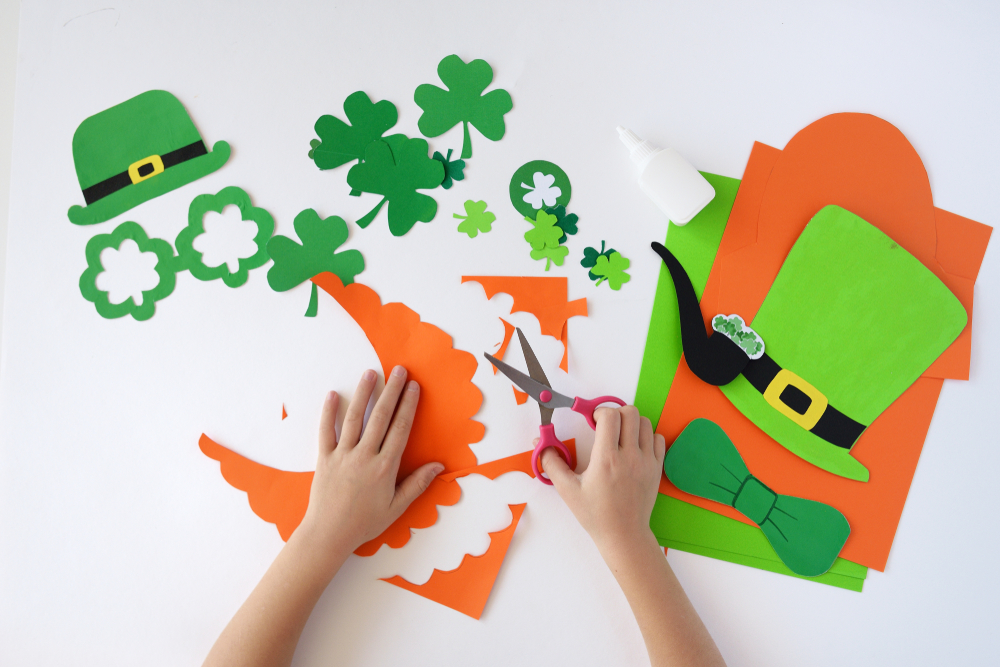Animal recognition Math Worksheets for Ages 8-9
8 filtered results
-
From - To
Explore our engaging Animal Recognition Math Worksheets designed specifically for ages 8-9! These interactive resources blend fun with learning, helping children improve their math skills through the lens of the animal kingdom. Featuring captivating illustrations and exciting activities, these worksheets promote critical thinking while enhancing problem-solving abilities. Children will classify, compare, and analyze various animals as they practice addition, subtraction, and more. Ideal for both classroom and home use, our worksheets aim to make learning enjoyable and effective. Unleash your child's curiosity and mathematical skills through the fascinating world of animals with our thoughtfully crafted materials!
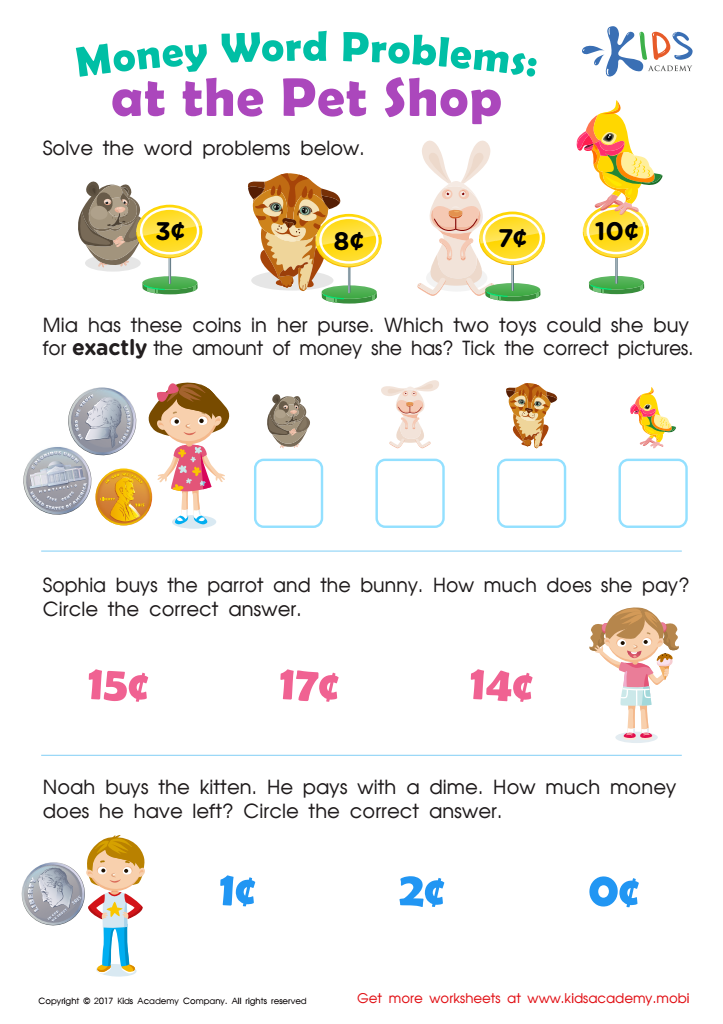

Pet Shop Worksheet


Animals of Amazon Worksheet
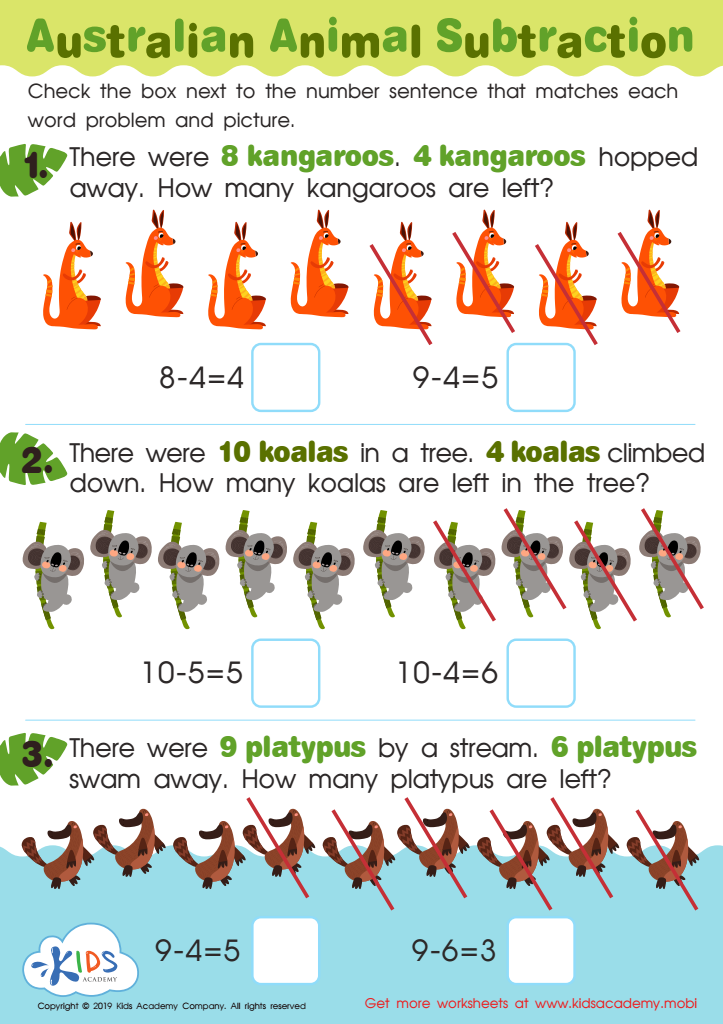

Australian Animal Subtraction Worksheet
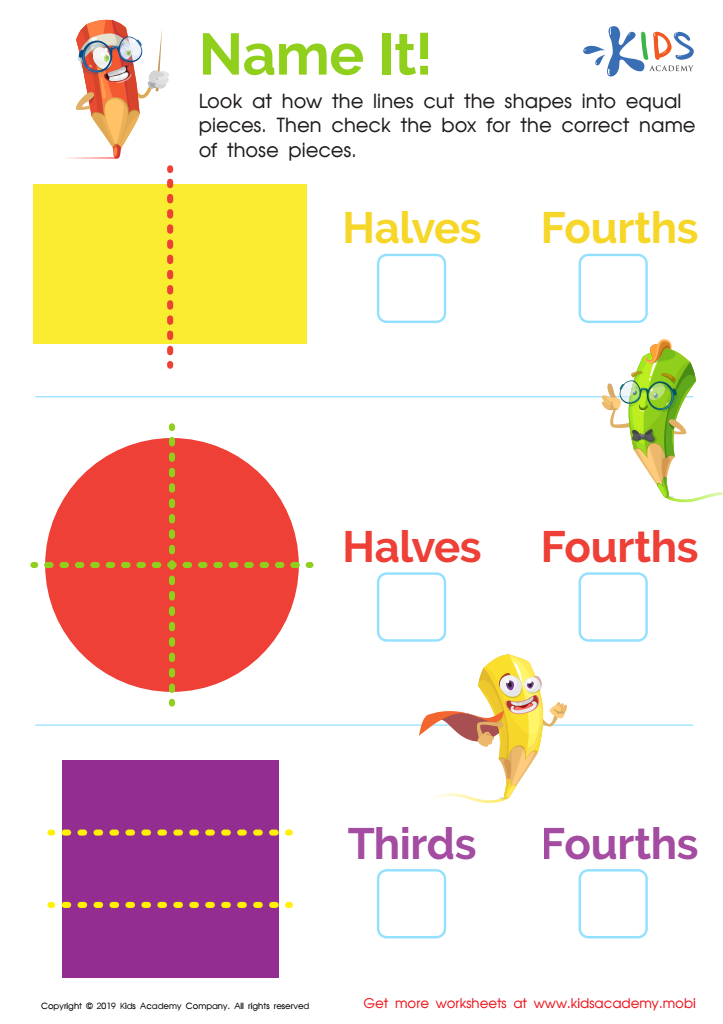

Name It! Worksheet


Addition at the Zoo Worksheet
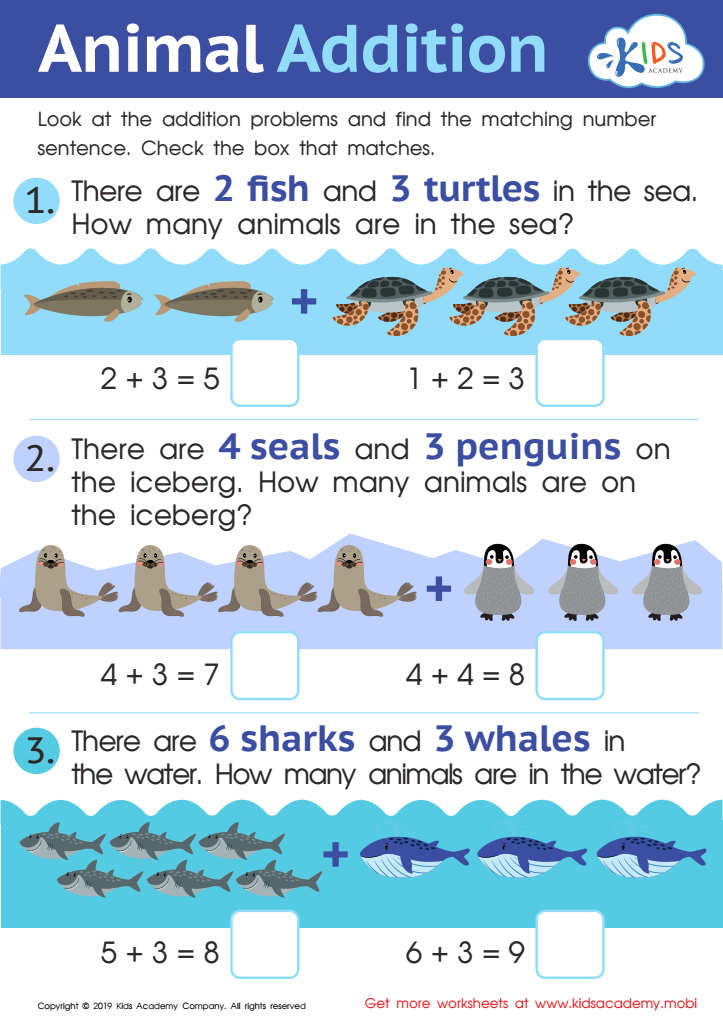

Animal Addition Worksheet
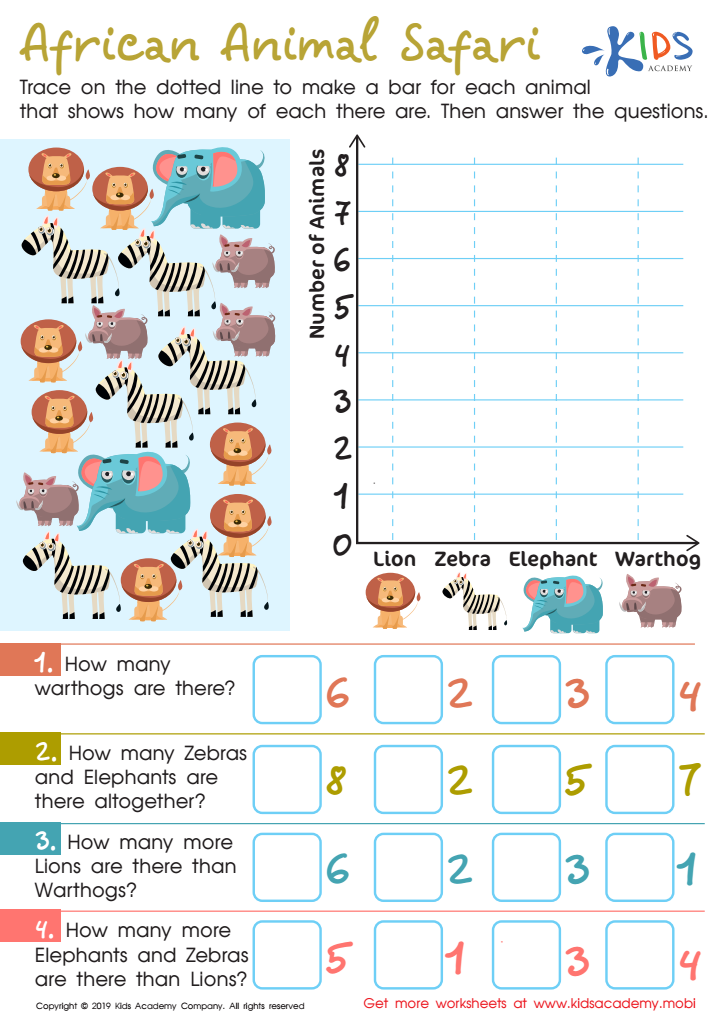

African Animal Safari Worksheet
Parents and teachers should care about Animal Recognition Math for ages 8-9 because it effectively combines math skills with real-world relevance and engagement. At this developmental stage, children are naturally curious about the world around them, and integrating animals into math lessons makes learning more relatable. By using animal-related examples in mathematical problems, educators can capture students' interests and enhance their understanding of fundamental concepts such as addition, subtraction, multiplication, and division.
Furthermore, Animal Recognition Math fosters critical thinking and problem-solving skills as students analyze data related to animal populations, habitats, and traits. This interdisciplinary approach enriches their knowledge of both mathematics and science, promoting a holistic educational experience. Recognizing animals and understanding their characteristics also encourages environmental awareness and empathy towards living creatures.
Additionally, these engaging activities can strengthen communication and collaboration among peers, encouraging teamwork as students solve problems together. Ultimately, incorporating animal recognition into math not only aids in skill development but also fosters a love for learning, curiosity about the natural world, and a sense of responsibility towards the environment. This integration raises the likelihood of academic success and instills values that benefit children inside and outside the classroom.

 Assign to My Students
Assign to My Students
